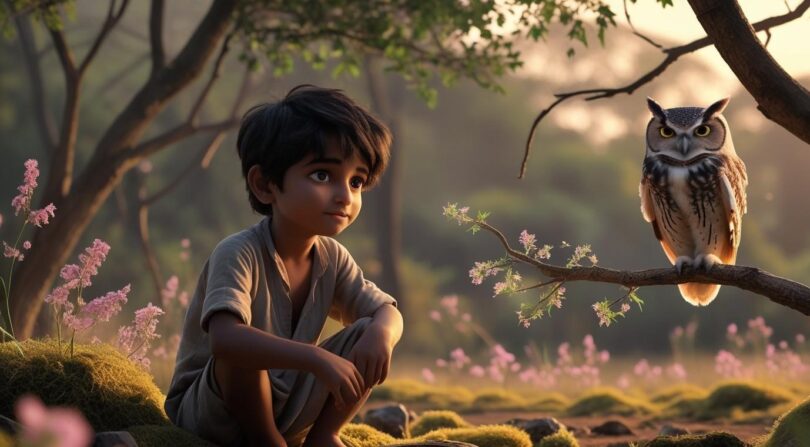In a world of constant noise and fast distractions, helping kids focus and observe the world around them is becoming more important than ever. One surprising teacher that can help? The owl.
Owls are calm, quiet, and deeply aware of their surroundings. They rely on listening, watching, and timing their movements carefully. For children, these behaviors offer something valuable — a chance to slow down and learn how to truly pay attention.
What makes owls great role models for children
Owls are among the best listeners in the animal kingdom. Some species can hear prey moving beneath leaves or snow from over 100 feet away. Their ears are unevenly placed, helping them locate sounds with extreme accuracy.
But what stands out most is their silence and stillness. Owls wait, listen, and observe. When they move, they move with purpose. This is a skill children can benefit from — especially in classrooms and homes where distractions are everywhere.
Why observation matters in childhood development
Observation is more than watching. It’s about noticing patterns, staying present, and processing information with care. These are skills linked to emotional intelligence, curiosity, and strong learning habits.
Kids who learn to observe are better at:
- Understanding their surroundings
- Noticing small details in nature or people
- Becoming curious and asking thoughtful questions
- Being mindful and grounded in the moment
Observing animals like owls in books, parks, or videos can spark wonder and teach the value of quiet thinking.
Practical ways to teach kids through owls
You don’t need to see an owl in person to learn from one. There are many simple activities parents, teachers, or homeschooling families can try:
- Owl sits – Have your child sit quietly for a few minutes outdoors and listen to sounds
- Feather focus – Observe feathers or owl images closely and describe patterns, shapes, or colors
- Creative writing – Ask kids to imagine a night in the life of an owl and write about it
- Sound games – Play different animal sounds and have them guess which might be an owl
- Owl calls – Teach the different sounds owls make, then try to listen for them in the evening
These practices encourage both connection to wildlife and skills in awareness, reflection, and creativity.
Learning mindfulness through nature
Mindfulness doesn’t always need yoga mats or apps. Nature teaches presence naturally, and owls are quiet guides. Their behavior reminds children that stillness isn’t boring — it’s powerful.
When kids learn from owls, they begin to understand that some of the best answers come from pausing, listening, and noticing more deeply.
Owls may not speak our language, but they have plenty to teach. Through their quiet strength and sharp senses, they inspire kids to slow down, focus, and observe with care. In a world that’s always rushing, these are lessons worth learning — and remembering.









